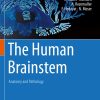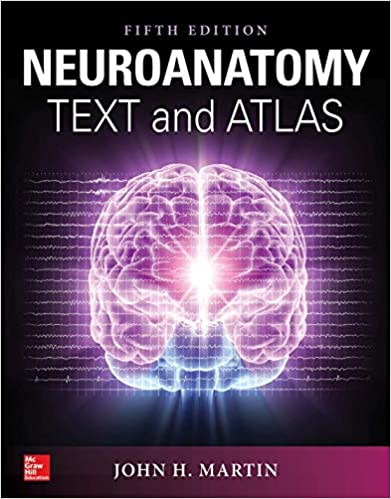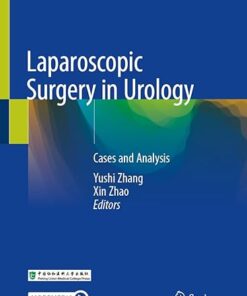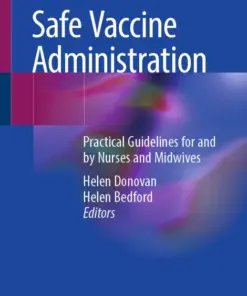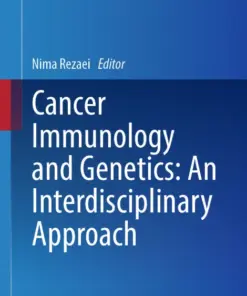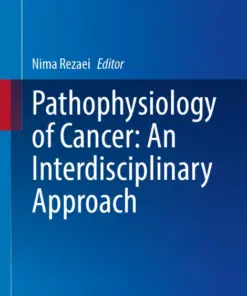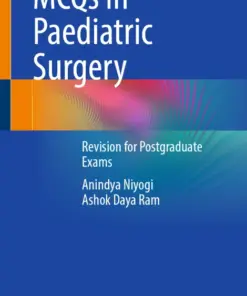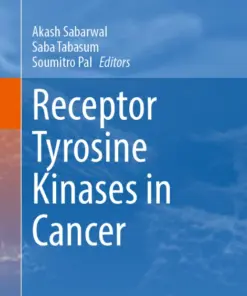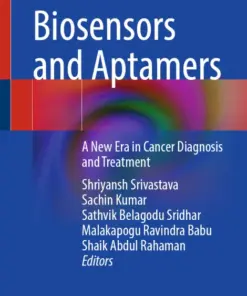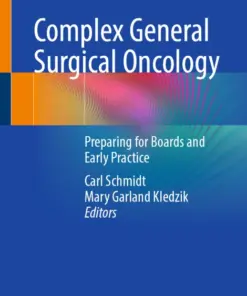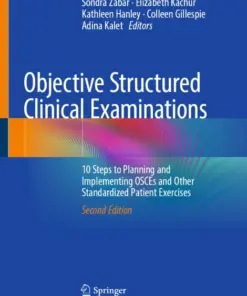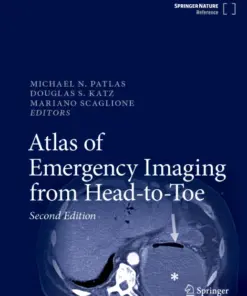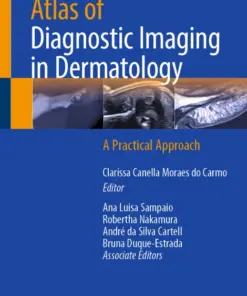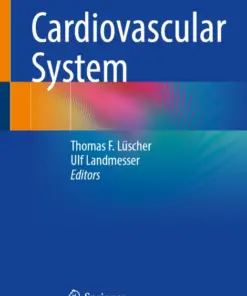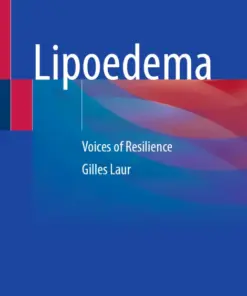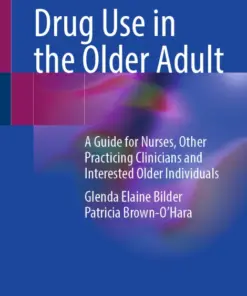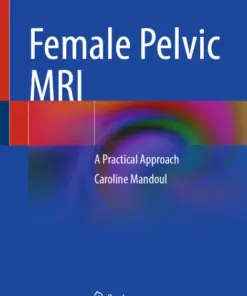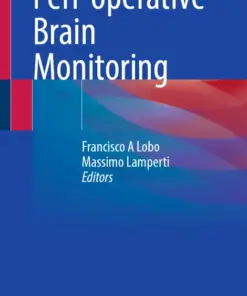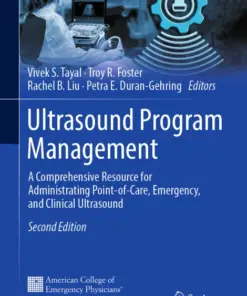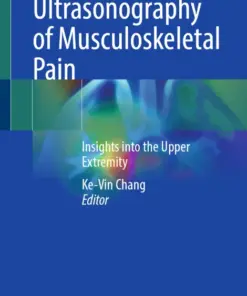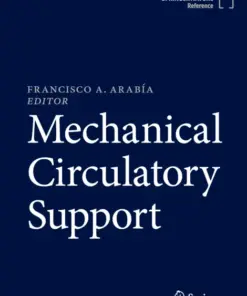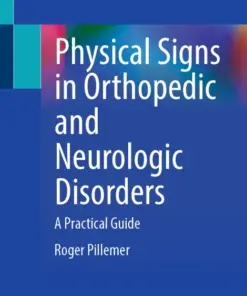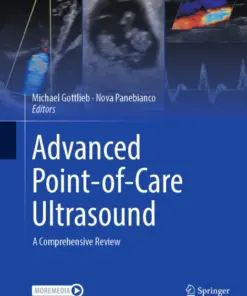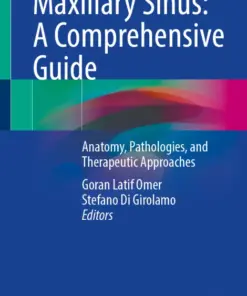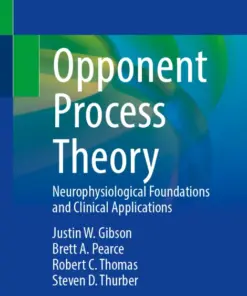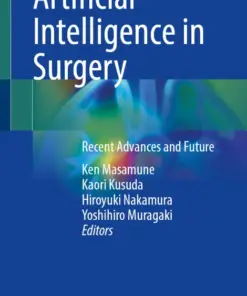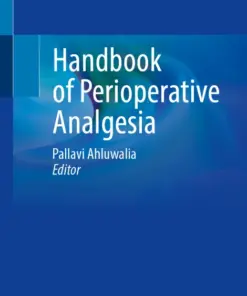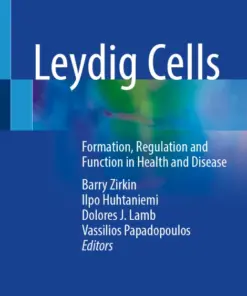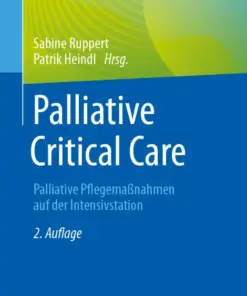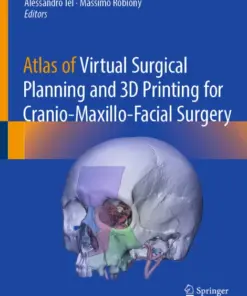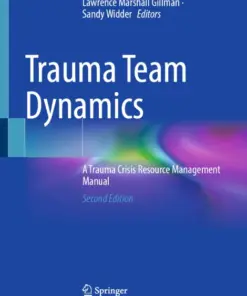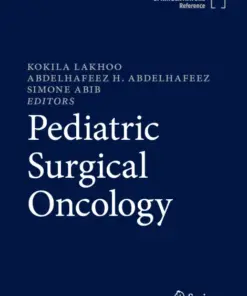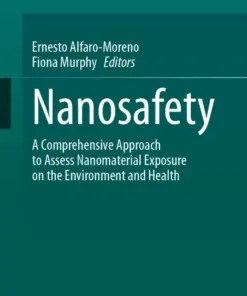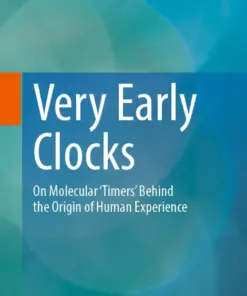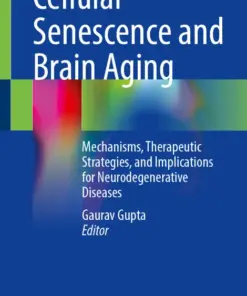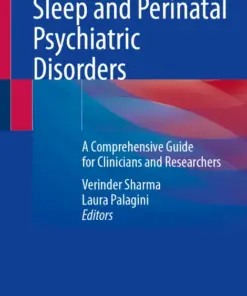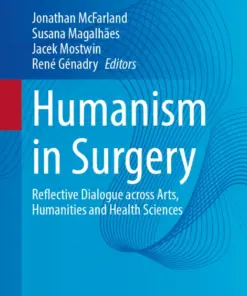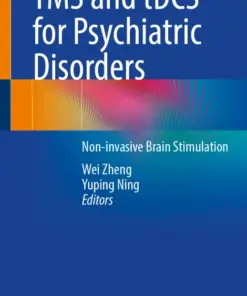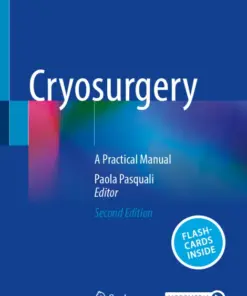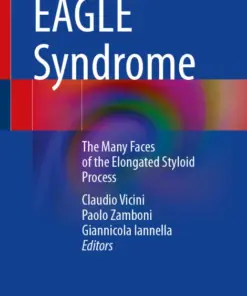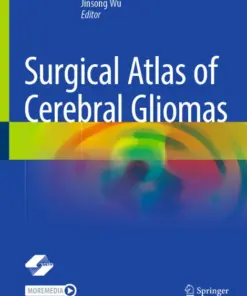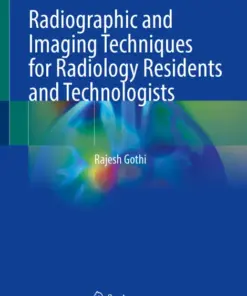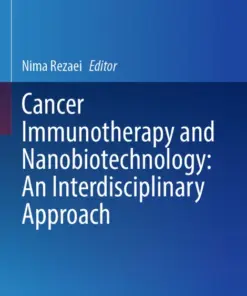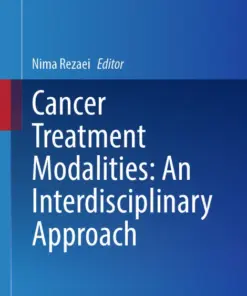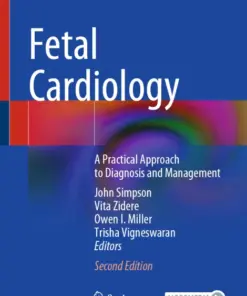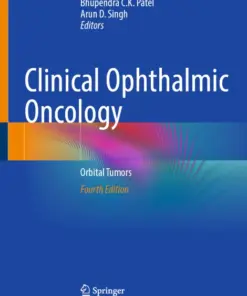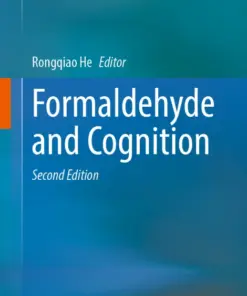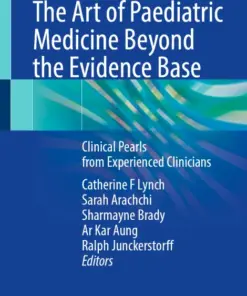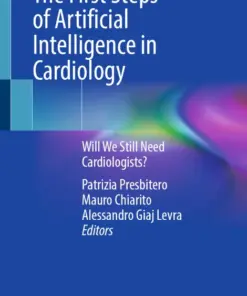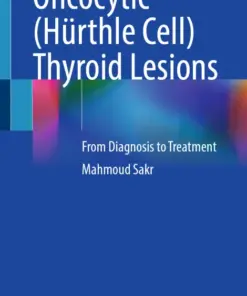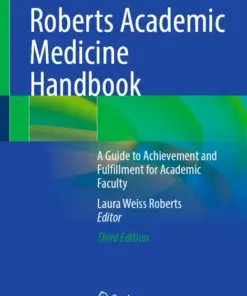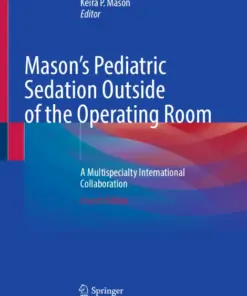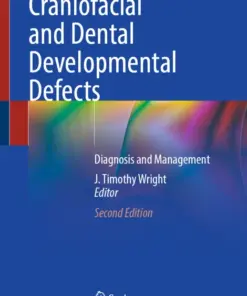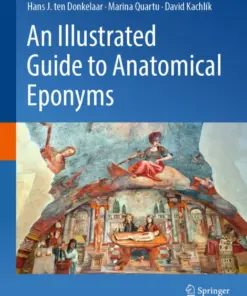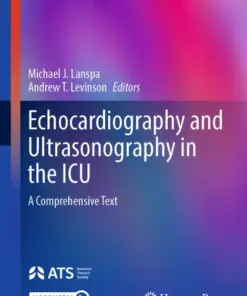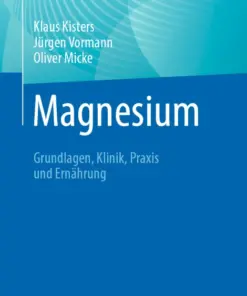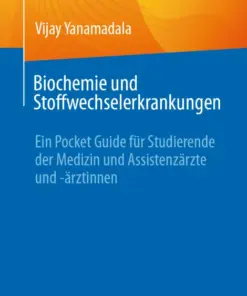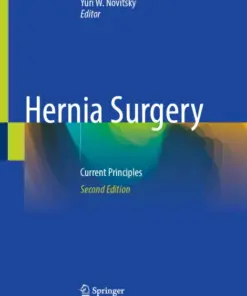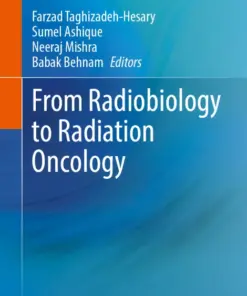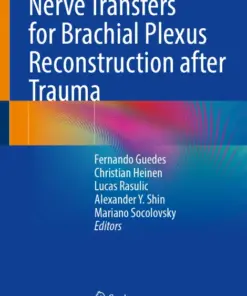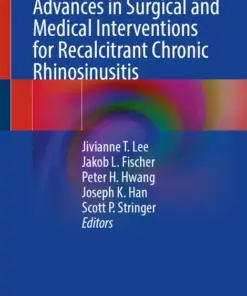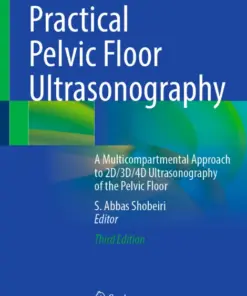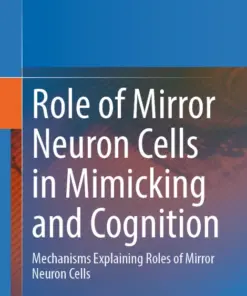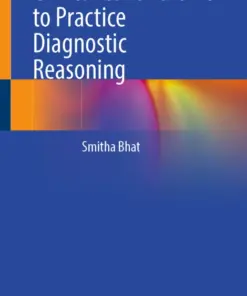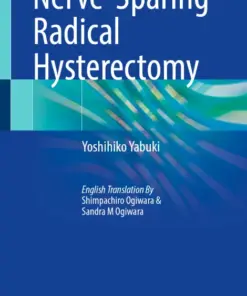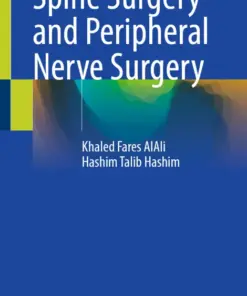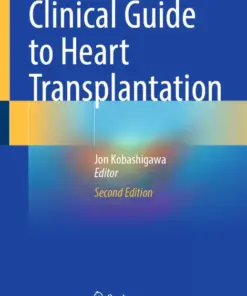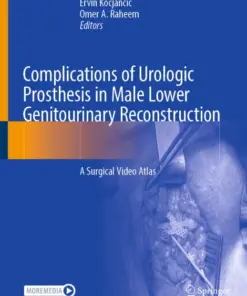Neuroanatomy Text and Atlas, 5th Edition (PDF)
10 $
Delivery time: Immediately
Format : Publisher PDF
File Size : 60.9 MB
The “Neuroanatomy: Text and Atlas” book provides a regional and functional approach to learning human neuroanatomy. It covers the sensory, motor, and integrative skills of the brain and teaches readers how to interpret brain images. The fifth edition has been updated to reflect advances in clinical neuroanatomy and neural science, with full-color illustrations and a new online learning center. The book is 544 pages long, published by McGraw-Hill Education/Medical, and available in English with ISBN 1259642488.
Neuroanatomy Text and Atlas, 5th Edition (PDF Book)
A regional and functional approach to learning human neuroanatomy – enhanced by additional full-color illustrations and PowerPoint® slides of all images in the text for instructors!
Introduction:
Neuroanatomy is the branch of neuroscience that studies the structure and organization of the nervous system. It is a complex and challenging discipline that requires detailed knowledge of the cells, tissues, and neural pathways that underlie brain function. Neuroanatomy has many applications, including diagnosing and treating neurological disorders, understanding the basis of behavior, and developing new therapies for brain-related diseases.
“Neuroanatomy: Text and Atlas” is a comprehensive textbook that provides a functional and regional approach to learning human neuroanatomy. The book covers a wide range of topics, including sensory, motor, and integrative skills of the brain, as well as the locations of the major pathways and neuronal integrative regions. The book also teaches readers how to interpret the new wealth of human brain images by developing an understanding of the anatomical localization of brain function.
Analysis:
The book is divided into several chapters, each of which covers a particular aspect of neuroanatomy, with a focus on how different parts of the brain work together to produce behavior. The authors use clear and concise language, as well as excellent illustrations and photographs, to explain complex concepts and structures.
One of the unique features of the book is that each chapter begins with a clinical case, helping readers to understand how the material relates to real-life scenarios. This approach is particularly useful for medical students and healthcare professionals, who need to understand the practical implications of neuroanatomy in their work.
Another significant feature of the book is the comprehensive atlas, which provides key views of the surface anatomy of the central nervous system and photographs of myelin-stained sections in three anatomical planes. The atlas is an essential tool for understanding the complex details of neuroanatomy and for accurate interpretation of radiological images.
Key Features:
• Revised and updated to reflect advances in clinical neuroanatomy and neural science.
• Full-color illustrations enrich the text, including many new to this edition.
• Chapters begin with a clinical case to illustrate the connections and functions of the key material.
• Chapters end with a series of multiple-choice review questions.
• NEW Online learning center will display brain views produced by MRI and PET.
• Increases knowledge of the regional and functional organization of the spinal cord and brain, one system at a time.
• Provides thorough coverage of the sensory, motor, and integrative systems of the brain, together with cerebral vasculature.
• Promotes understanding of the complex details of neuroanatomy needed for accurate interpretation of radiological image.
• Comprehensive atlas provides key views of the surface anatomy of the central nervous systems and photographs of myelin-stained sections in three anatomical planes.
Target Audience:
The book is primarily aimed at medical students, neuroscience researchers, and healthcare professionals who need a detailed understanding of neuroanatomy. It is also suitable for anyone interested in learning about the brain and its functions, including undergraduate students in biology or psychology.
Conclusion:
Neuroanatomy is a challenging and fascinating field, and this textbook provides an excellent introduction to the subject. The authors have done an excellent job of explaining complex concepts and structures in clear language and with excellent illustrations. The clinical cases and review questions allow readers to apply their knowledge and test their understanding, making this book a valuable resource for medical students and healthcare professionals alike. Overall, “Neuroanatomy: Text and Atlas” is an essential reference for anyone interested in understanding the structure and organization of the human brain.
Product Details
|


